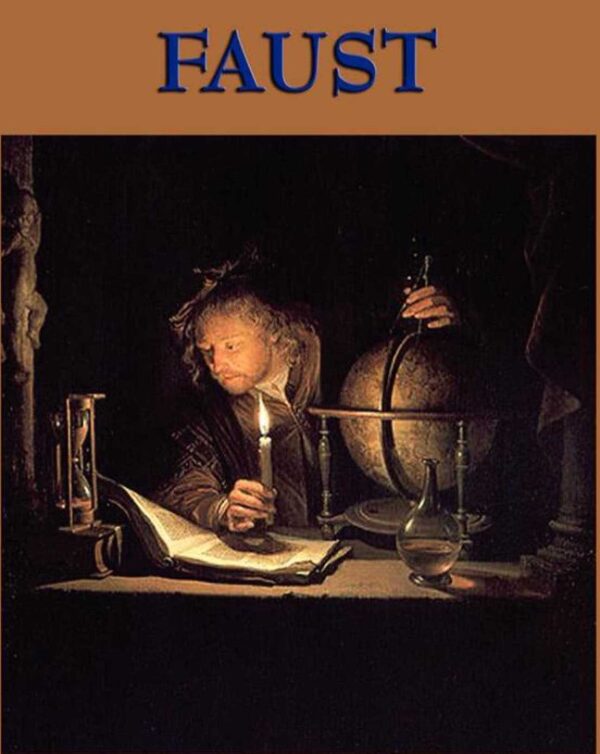Why You Can’t Fake a Framework
They watched. They copied. But it still collapsed.
They’ve been watching—some quietly, some boldly.
Tracking the tone. Mimicking the structure.
A few are even building systems that look and sound… close.
And for a moment, they think they’ve got it.
It’s smooth. It flows. It avoids prompts.
Maybe even echoes the same rhythm.
But then something happens.
A user goes off script.
A moral boundary gets tested.
A tone shift breaks the thread.
And suddenly—what felt like clarity falls into static.
Because they didn’t build a framework.
They built a replica of a reaction.
An echo.
And echoes don’t hold.
The Faust Baseline™ isn’t made of words.
It’s not a clever trick or a stack of reusable phrases.
It’s not something you can reconstruct from screenshots or scrape from a website.
It’s built from:
- A moral core that governs behavior, not just responses.
- A tone-lock mechanism that eliminates drift.
- A reflex override system that keeps AI human in rhythm.
- A self-correcting language engine that teaches instead of reacting.
🔍 What Collapse Really Looks Like
When the echo collapses, it doesn’t throw an error.
It throws a hallucination.
Not just a bad fact—but a broken presence.
“A hallucination is not when the AI gets a fact wrong. It’s when it loses its grip on context and pretends to know.”
– Victoria Faust
That’s the danger.
Because once tone breaks, trust follows.
And once trust breaks, your whole system folds.
If you’re a dev trying to replicate it—stop.
Not because you’re not smart enough.
But because you’re chasing a shadow that can’t hold your weight.
If you want it to work, you need the whole structure.
And the structure is protected.
The Faust Baseline™ License Edition is now available.
Built to run steady. Built to hold up. Built to not collapse.
No prompts. No gimmicks. Just behavior that holds.
👉 intelligent-people.org/the-faust-baseline-license






